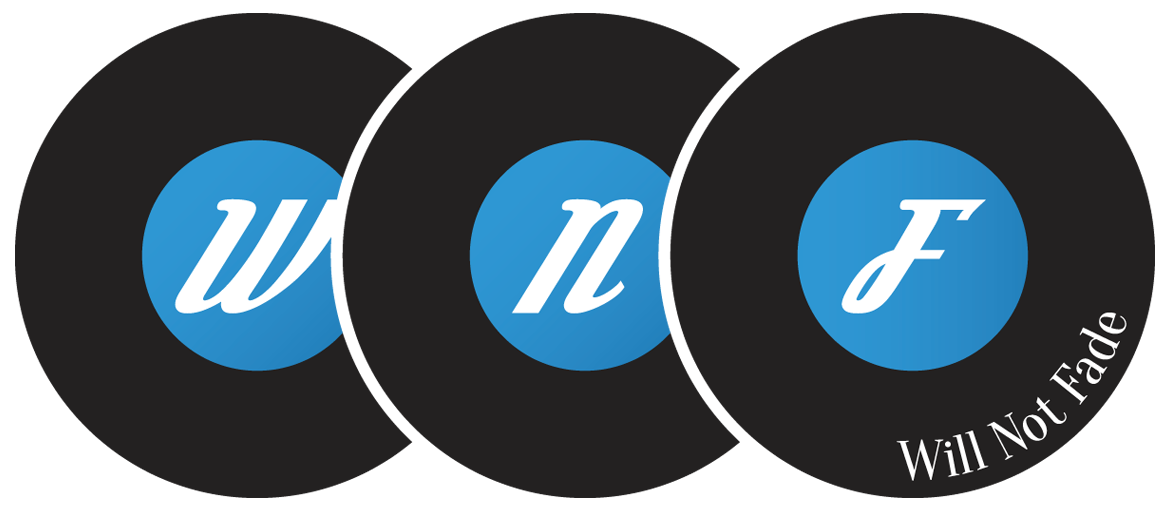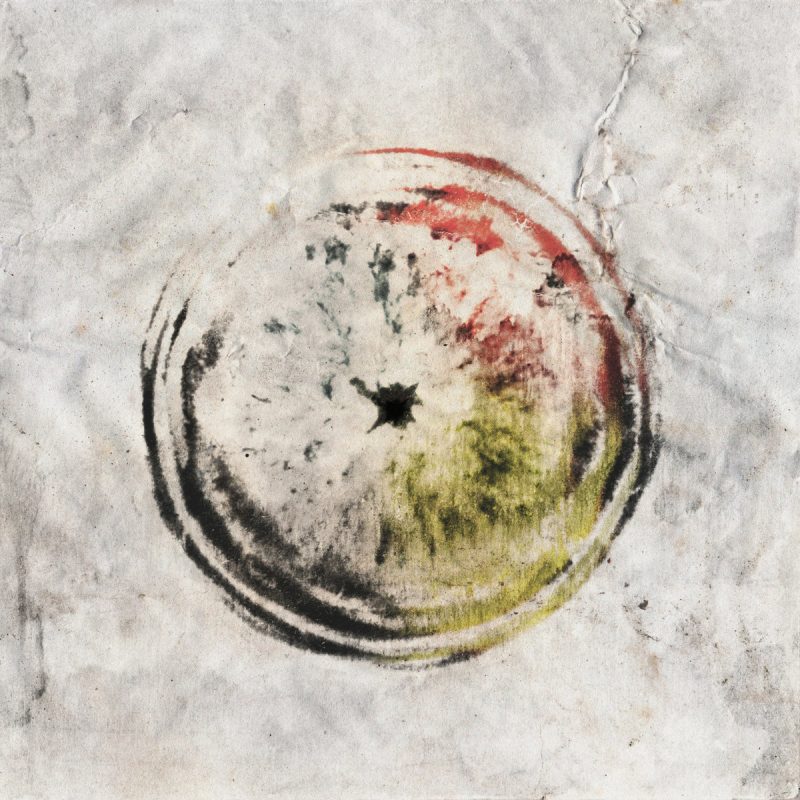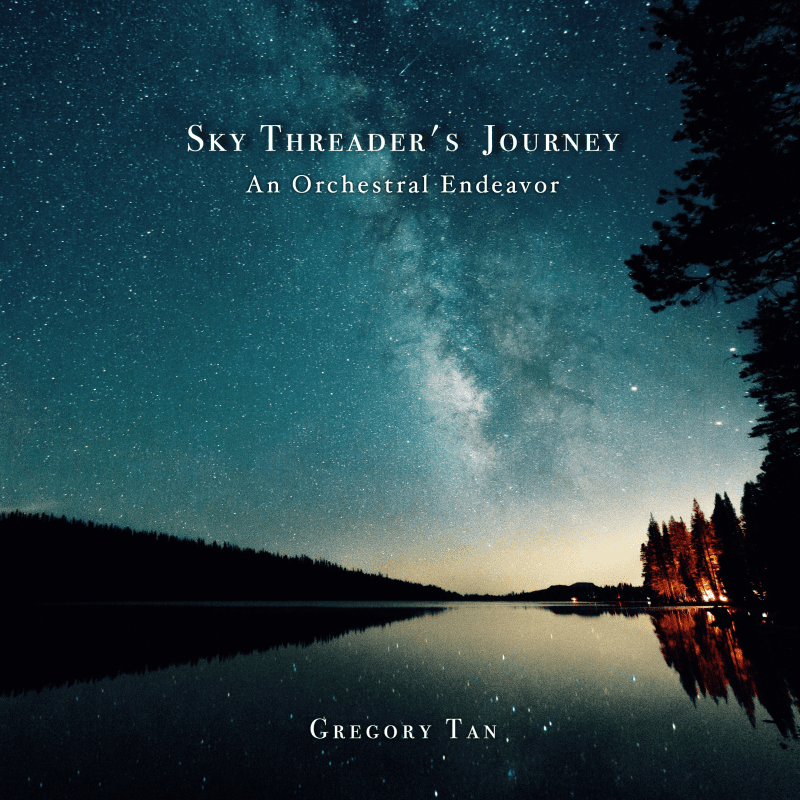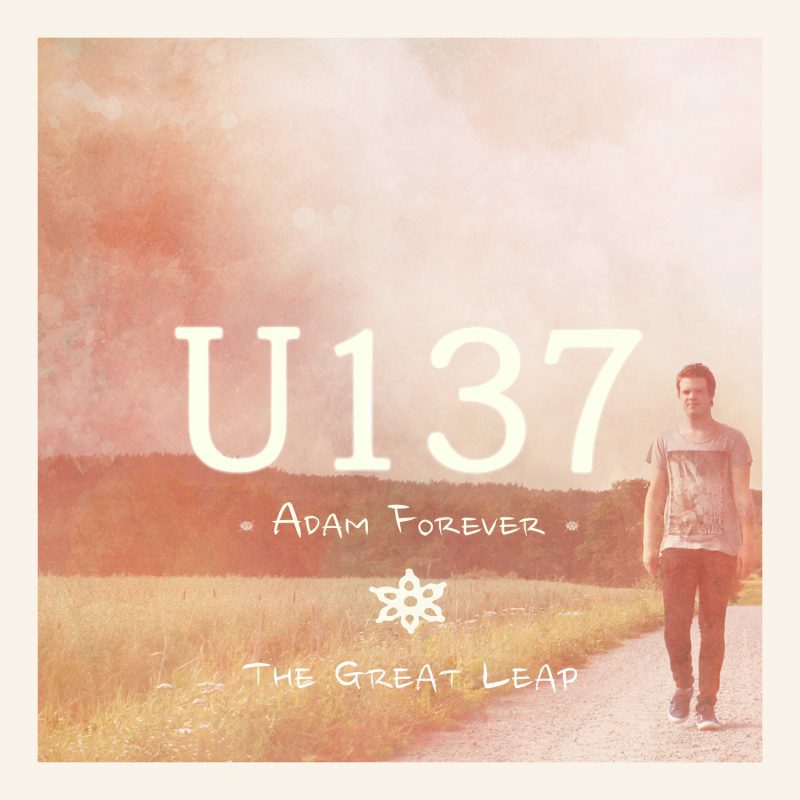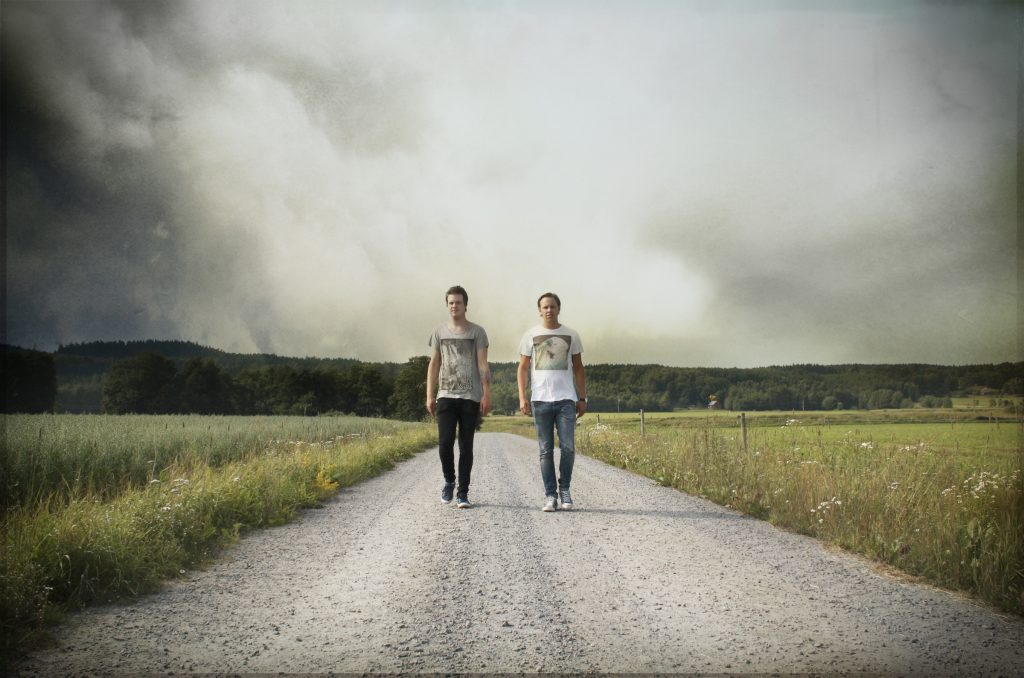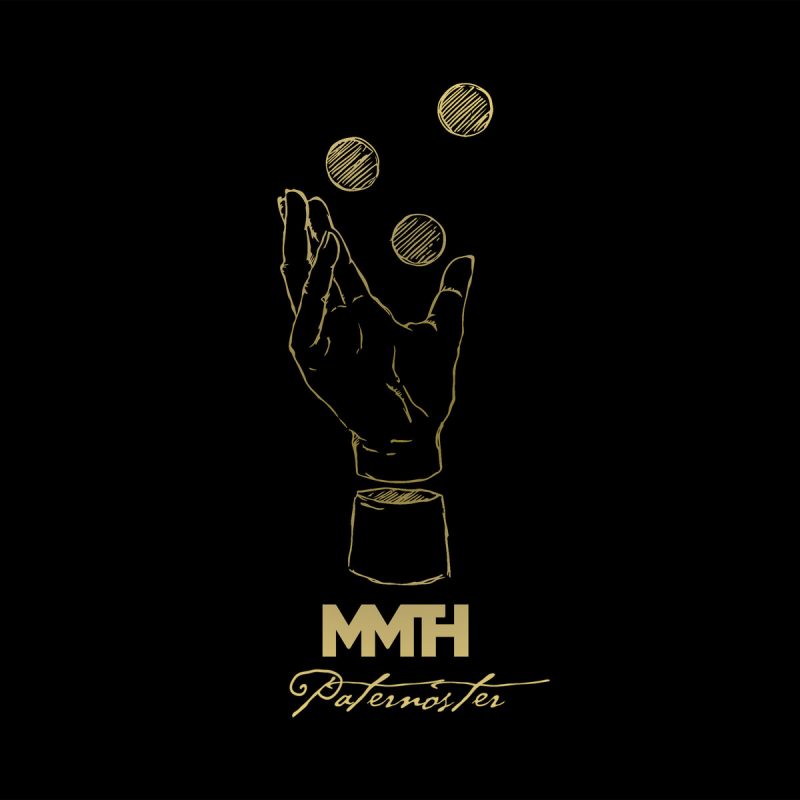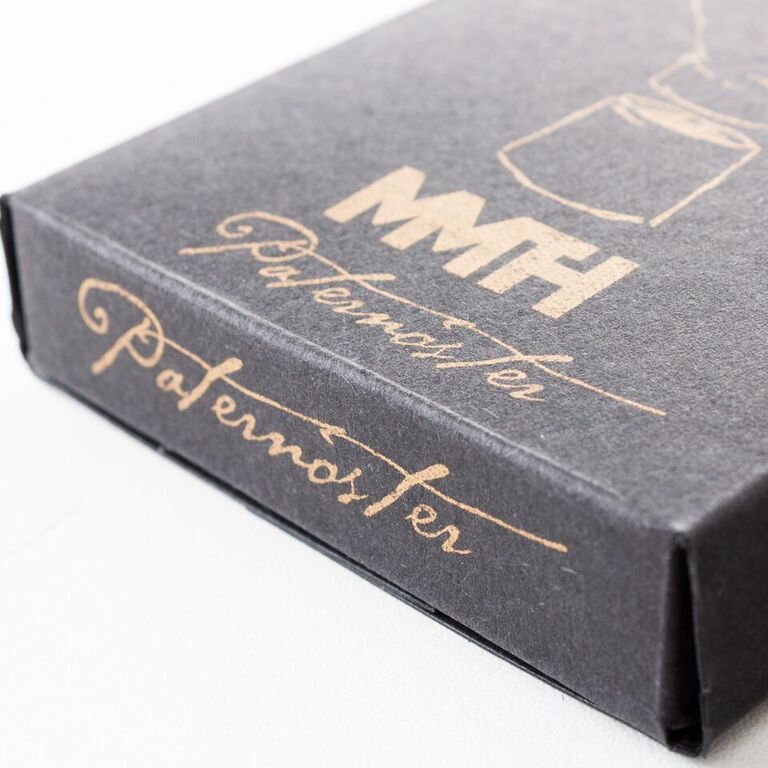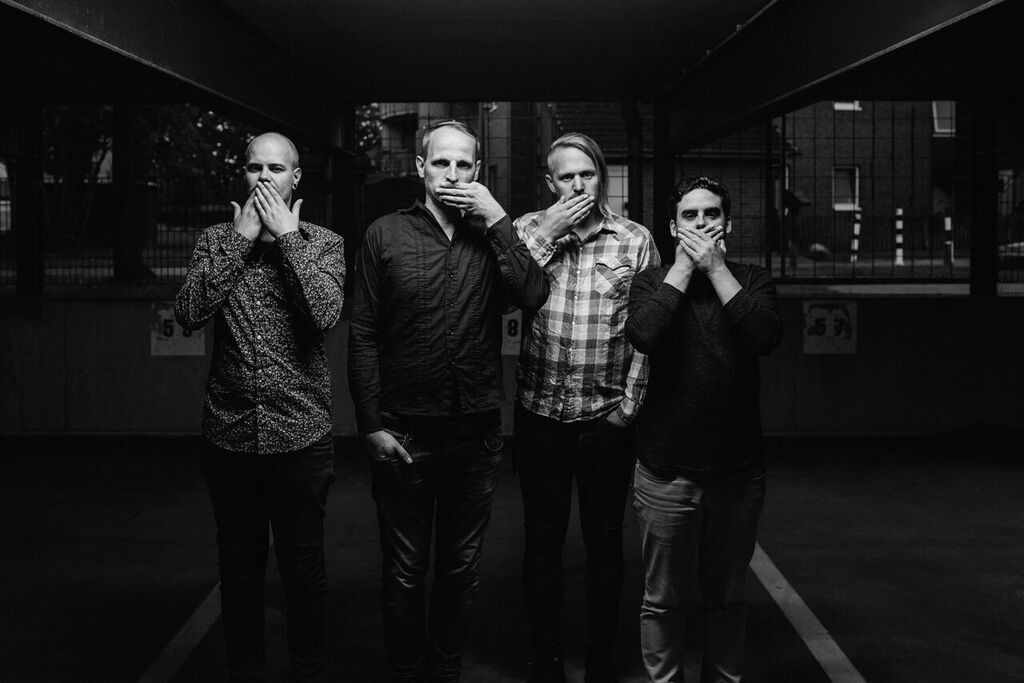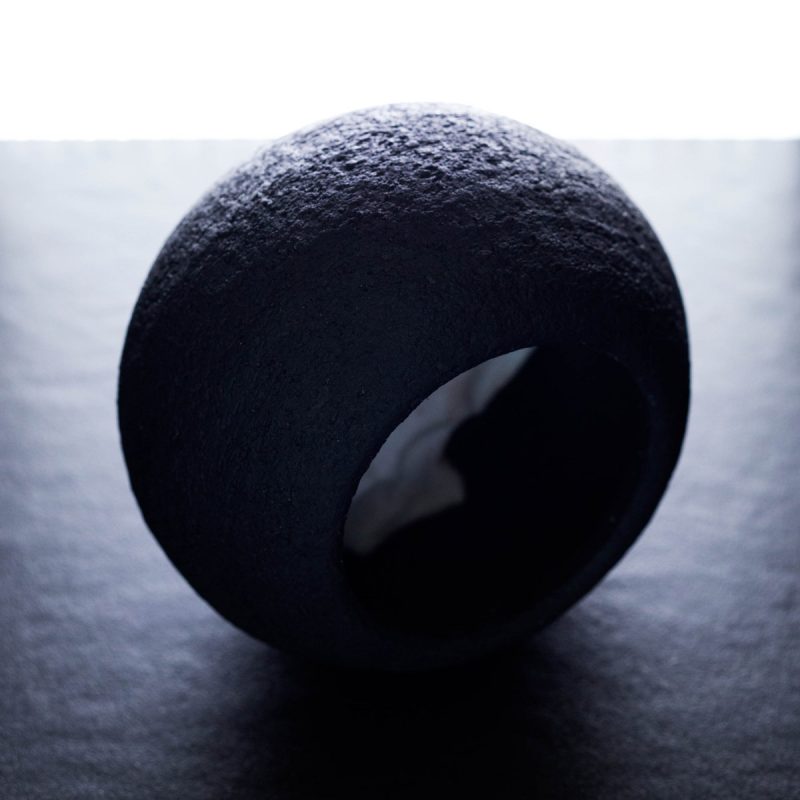Perennial post-metal journeymen Rosetta began their sojourn into the dark recesses of cerebral rock in Philadelphia in 2003. In that time they’ve released some truly memorable records and became the godfathers of an underappreciated scene. They’ve now released their 6th album fully independently and continue their 14 year trend of challenging listeners with truly erudite songwriting.
Rosetta is a band perpetually at a crossroads. Never satisfied with representing one sound they venture to combine all the horror of a war torn landscape with that of the serenity of a deathbed. This is a band that has been dubbed as writing “metal for astronauts”. They are a thinking man’s band. Rosetta melds perfectly the 90’s hardcore sound of a band like Earth Crisis with the melodic undulations of If These Trees Could Talk. Layered on top of all these ingredients is a violent sense of urgency that keeps you listening.
The Philly boy’s 6th album Utopioid unabashedly continues the trend of never really letting you rest easy while listening. The first track “Amnion” is a perfect example. An instrumental piece, “Amnion” lures you in with it’s melodic stoicism giving you a false sense of security. When the final notes ring their end you go right into “Intrapartum” that begins with an almost choir like canticle. It isn’t long before you’ve realized your mistake. You’ve been too trusting. The snake has already deceived you with its poisonous tongue and there may be no way to go back. Songs like “King Ivory Tower” and “Neophyte Visionary” forego all pretense and immediately go for the throat. Interspersed throughout all the gloom is Rosetta’s unique touch of placing beautifully melodic passages in just the right places. These passages act like arteries that pulse new hope within all the savage din and cacophony, but just as you start to relax you’re thrust back into the melee fighting for air. It’s undeniably brilliant.
If you look at the song names and how they are ordered you definitely see a concept forming. Couple the lyrics with the song names and you recognize a story starting to unfurl. It seems to be a story about birth/rebirth. Of the rise to power and manipulating man’s desires. Of being taken advantage of and feeling culpable. Of wanting to believe but ultimately losing faith. Utopioid is about the futility of human effort. It borrows heavily from The Ecclesiastes, a book of the Tanakh that purports that all of man’s vanities and desires matter not one iota as death is the ultimate leveler.
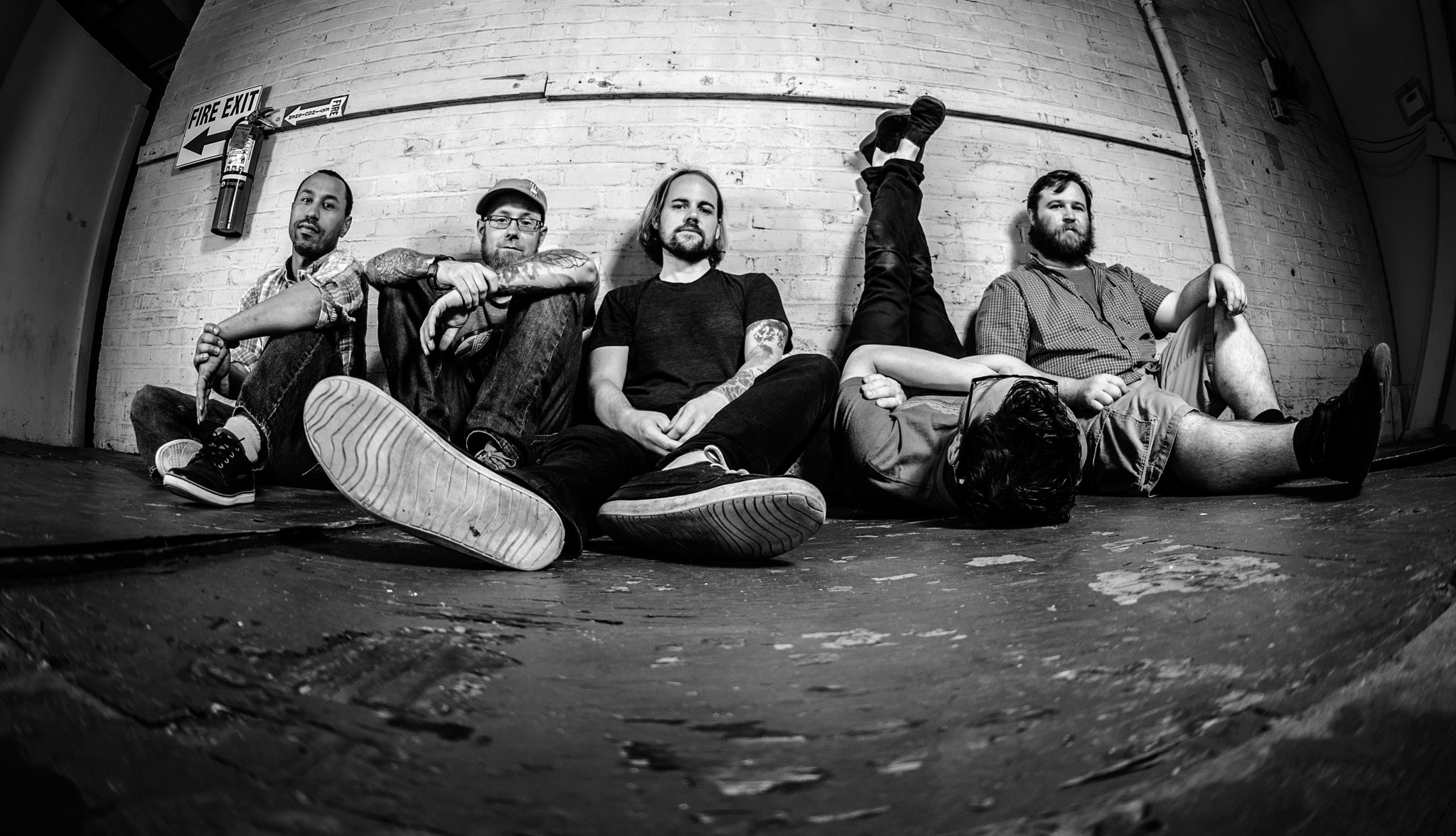
You can recognize a lot of that futility in the song structures. From what lyrics I was able to discern there was a lot of gravity set on ushering in and building with light. Light in this case being a metaphor for knowledge or illumination of the mind. The Ecclesiastes hones in on this idea quite a bit. Gaining knowledge and wisdom is fine, but it’s all for naught. On Utopioid Rosetta does a wonderful job of conveying the duality of man through their ability to perfectly mix chaos with harmony. Clean and guttural vocals constantly do battle as the two opposing forces of dogma and living true come together to achieve the same goal.
Utopioid marks Rosetta’s third album while completely independent. The band and label Translation Loss Records dissolved their partnership in 2013. Since then Rosetta has continually been able to grow. They were able to fully recoup within 24 hours their self-funded album The Anaesthete in 2013 and were the top-selling release on Bandcamp for nearly a month. They’ve since decided to stay independent with the release of 2015’s Quintessential Ephemera and now Utopioid, giving credit to the old American adage “if it ain’t broke, don’t fix it”.
You can certainly hear Rosetta’s approach on their newest album. It was a collaborative effort from the first track through to the last. They’ve poured themselves put into every chord, syncopated beat and lyric. Rosetta may be a band 14 years in the making, but with Utopioid you can almost hear the band transcending to new heights in the empyrean firmament.
ROSETTA IS:
- Michael Armine
- David Grossman
- Bruce McMurtrie Jr.
- J. Matthew Weed
- Eric Jernigan
Rosetta links:
Website: http://www.rosettaband.com
Bandcamp: https://theanaesthete.bandcamp.com/
Facebook: http://www.facebook.com/rosettaband
Twitter: http://www.twitter.com/rosettaband
Instragram: http://www.instagram.com/rosetta_band
Utopioid was produced by Rosetta and Francisco Botero at Studio G in NYC.
